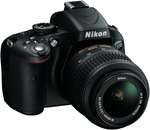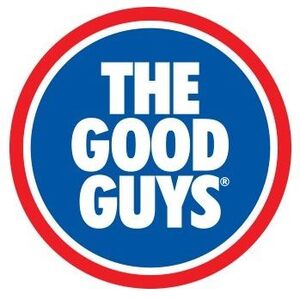The Good Guys has reduced the Nikon D5100 Single Lens Kit for $474. If you are near to
Cannington,Joondalup, Maitland stores don't forget to claim up to $50 store credit back when you shop over $500. The cheapest price from a local store for Nikon D5100 Single Lens Kit. Kogan has it for $499 + shipping.
Note: Not sure if it is advertised on TGG Xmas catalog. If it is, QLD residents also can claim extra $50 when they shop $500+.





Reasonable price, but the D5100 is a dated camera now. The only real benefit of the D5XXX series is the articulating screen. If you don't need the articulating screen, save yourself $150 or so and go for the equivalent D3XXX series. If you actually want a better camera, go for the D7XXX series. The D5XXX series is a little bit lost in the middle.
For this price, I would:
Of course, if you need the articulating screen, then the D5XXX series are the only Nikon DSLRs that allow you to see yourself, so they make a nice camera for self-portraits or videoing yourself (e.g. vlogs) and whatnot.